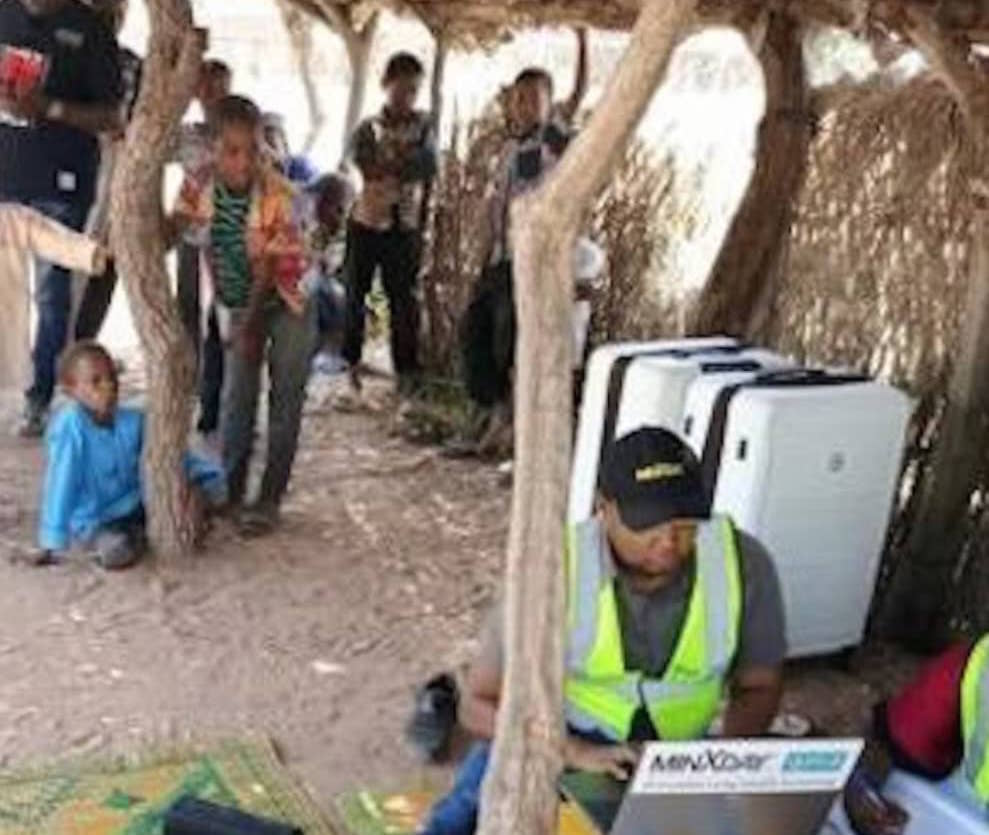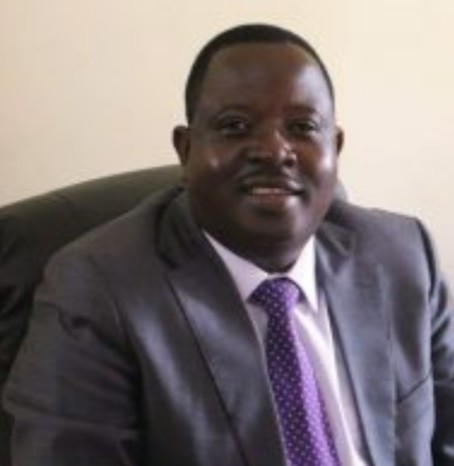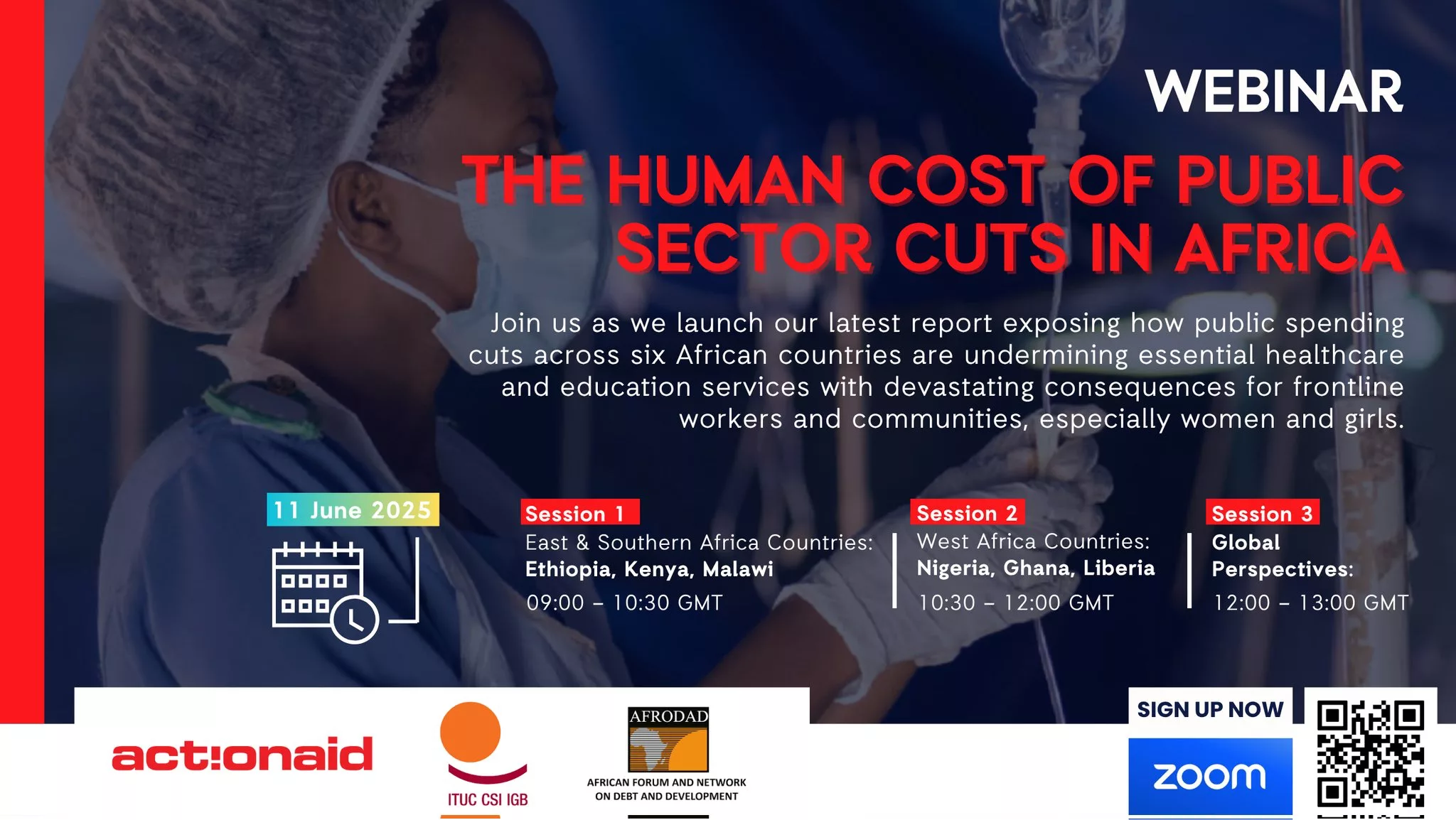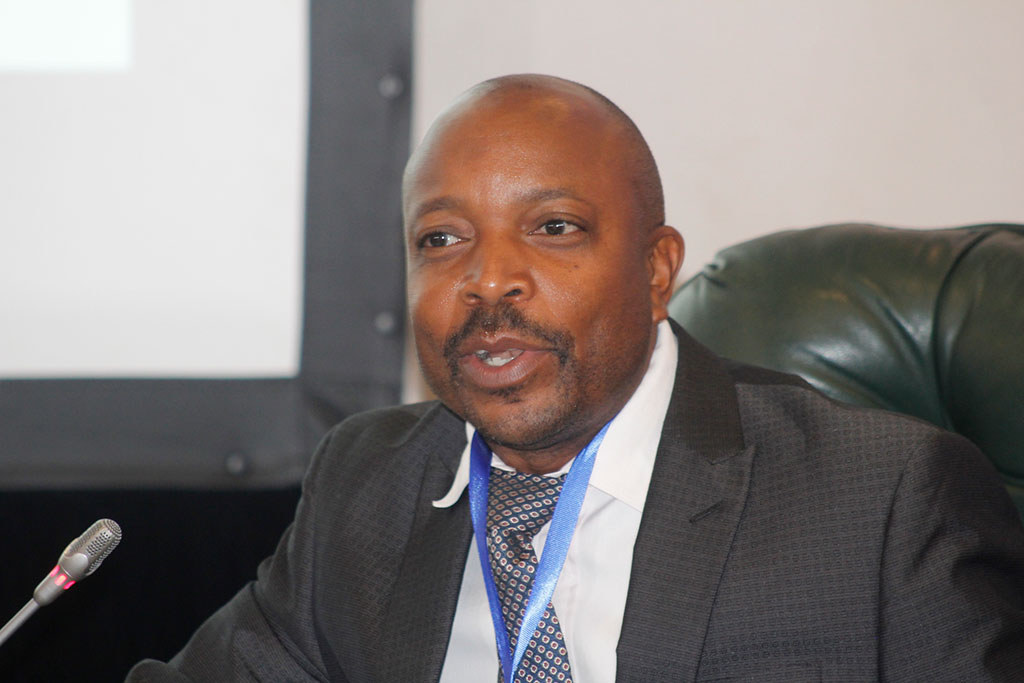|
Getting your Trinity Audio player ready...
|
Catherine Murombedzi, a health science journalist, takes readers through a glimpse into future TB detection using Artificial Intelligence (AI).
The recently ended Union World Lung Health Conference in France, (15 to 18 November 2023) brought together researchers, medical doctors, communities, and stakeholders to brainstorm on lung diseases.
Challenges, success stories, and strategies were shared with calls to research, development, and financing amplified.
TB detection in children has been cumbersome with some missing diagnosis at times. During COVID-19 from 2020, TB detection, had a setback with targets missed.
KNCV, a non-profit non-governmental organization (NGO) from Nigeria, headed by Dr Mustapha Gidado, had groundbreaking revolutionary news on TB detection.
A presentation by a team of Nigerian researchers showcased the potential of artificial intelligence (AI) in the early detection of TB.
They introduced the use of a portable digital X-ray with AI in Nigeria after a successful pilot project in 2020 amidst the COVID-19 pandemic.
Using an AI abnormality score of 0.50 identified 89.4% of people with TB with a specificity of 62.8%. Ultra-portable CXR provided more efficient TB screening in hard-to-reach areas.
AI has been adopted by scientists across a wide range of disease areas, with scientists drawn to the advantages offered by the precise technology over human-led disease detection.
“Nearly 15 000 people in Nigeria’s Delta State were screened for TB using AI (from January to December 2022) with results indicating the technology’s substantial ability to detect the presence of the disease.
“We were satisfied that the study indicated AI’s capability to drive early, effective detection of TB as well as its potential for enhancing therapy and preventing the spread of TB and other diseases.
“The equipment is portable, can be moved between communities, bringing TB screening services to the doorsteps, and improving access,” said Dr Gidado.
The scientists urged the importance of embracing new technologies as tools to facilitate early TB detection and treatment to prevent the spread of TB within the communities.
“Scaling up the new technology to more communities would play a key role in eradicating TB, not only in Nigeria but countries burdened with HIV,” the research noted.
Meanwhile, in Zimbabwe, a four-year project undertaken from 2017-2021 that was funded by Unitaid and implemented by EGPAF aims at reducing TB deaths in minors.
The study was conducted in eight African countries, namely Cameroon, Côte d’Ivoire, DRC, Kenya, Lesotho, Malawi, Tanzania, Uganda, Zimbabwe, and India, a highly burdened country in Asia.
The project led by Dr. Tichaona Nyamundaya, Senior Technical Advisor Program Coordination at the Elizabeth Glaser Pediatric AIDS Foundation (EGPAF), and Catalyzing Pediatric TB Innovations (CaP TB) implementation gave insight into the program.
“We brought comprehensive TB care closer to where children interact with the health system. We introduced a range of innovations, including improved access to child-friendly TB drug formulations for treatment and prevention, and new diagnostic technologies that are better able to detect pediatric TB. We decentralized sample collection since some children may not be able to produce sputum.
“I lead the implementation of this project in four regions in Zimbabwe with the aim of optimizing the decentralization of pediatric TB care, from screening and preventive treatment initiation at the community level to optimizing treatment regimens for latent TB infection treatment and piloting new preventive treatment regimens for children. Children have difficulty in swallowing pills, so child-friendly formulations are now in use,” said Dr Nyamundaya in a statement posted on the EGPAF website.
Mrs Salome Sibindi from Warren Park, Harare, said she was happy to get syrups instead of pills.
“I had TB, which means my baby was exposed. At first, she got TB prevention tablets. I was happy on my third visit to get the sweet-tasting syrup,” she said recently.
TB is a notifiable disease. People who live with a TB-positive case are followed up. They are educated and put on prophylaxis (prevention therapy for exposure).
Community health workers are the eyes and ears of primary health care in Zimbabwe.
At the 2022 Union Lung Conference which was held virtually in another study, the TRUNCATE TB trial showed that TB treatment times could be cut.
“Some people who have TB can be treated in as little as two months, as opposed to six months of treatment that has been the standard of care in most countries since the 1980s.
The rationale behind the TRUNCATE TB study, according to Erlina Burhan, a TB expert from the Faculty of Medicine Universitas Indonesia, is that we are over-treating majority of people who have drug-susceptible TB (DS-TB) who would actually be cured before the 6-month mark, to prevent relapse in a minority of people who would need the long treatment regimen.
“The eye-opening study revealed that the standard six-month treatment is actually over-treating a lot of people who have TB, which is the world’s leading infectious killer.
The TRUNCATE-TB Trial is a randomized controlled trial conducted at 18 sites in five countries (Indonesia, the Philippines, Thailand, India, and Uganda) and coordinated from Singapore. The trial investigated a treatment strategy comprising an initial 2-month treatment course (using regimens combining standard and repurposed drugs intended to boost regimen sterilizing efficacy), followed by close monitoring and early retreatment of relapses,” said Burham, an expert from Indonesia.
“Trial participants were initially given eight weeks of treatment, with the option of extending treatment to 10 to 12 weeks if they had persistent clinical disease after the eight-week treatment. If there was still active TB after that, participants were switched to the standard six-month treatment. It was noted that the overall death rate was low, and there was no difference in the death rate between the standard treatment arm and the TRUNCATE strategy arms.
“All children below five years of age and children living with HIV should be screened for TB symptoms (cough of any duration, weight loss, fever, or night sweats) at every client encounter. As part of CaP TB, we are supporting screening by a range of healthcare workers at every client encounter. “Furthermore, we are bringing contact tracing to the household level, and we support community health workers to screen children and other family members at home.
“TB diagnosis is more difficult in children than in adults. We need differentiated strategies to ensure that children have access to TB diagnosis. For example, children often can not produce sputum, which is the main way to diagnose “TB in adults. For that reason, we need to ensure that healthcare workers are trained and supported to diagnose children in a way that works for children. This includes training healthcare workers to diagnose TB based primarily on clinical signs and symptoms, in addition to X-ray findings, if available. It also means training and supporting healthcare workers to collect sample types, like gastric aspirates, that can be used for diagnosis. In order for children to have access to TB diagnosis wherever they present, we need to decentralize this type of diagnosis and ensure that healthcare workers acquire TB diagnostic skills,” added Burham.
“We also need to ensure that children receive TB preventive therapy,” said Burham.
Under the CaP TB project, community health workers have been trained to screen for symptoms of TB. They will dispense TB preventive therapy at the community level.
In Zimbabwe, the community health workers are unsung heroes and heroines. Their input to ending TB and other preventable diseases remains pivotal.
● Feedback: [email protected]






